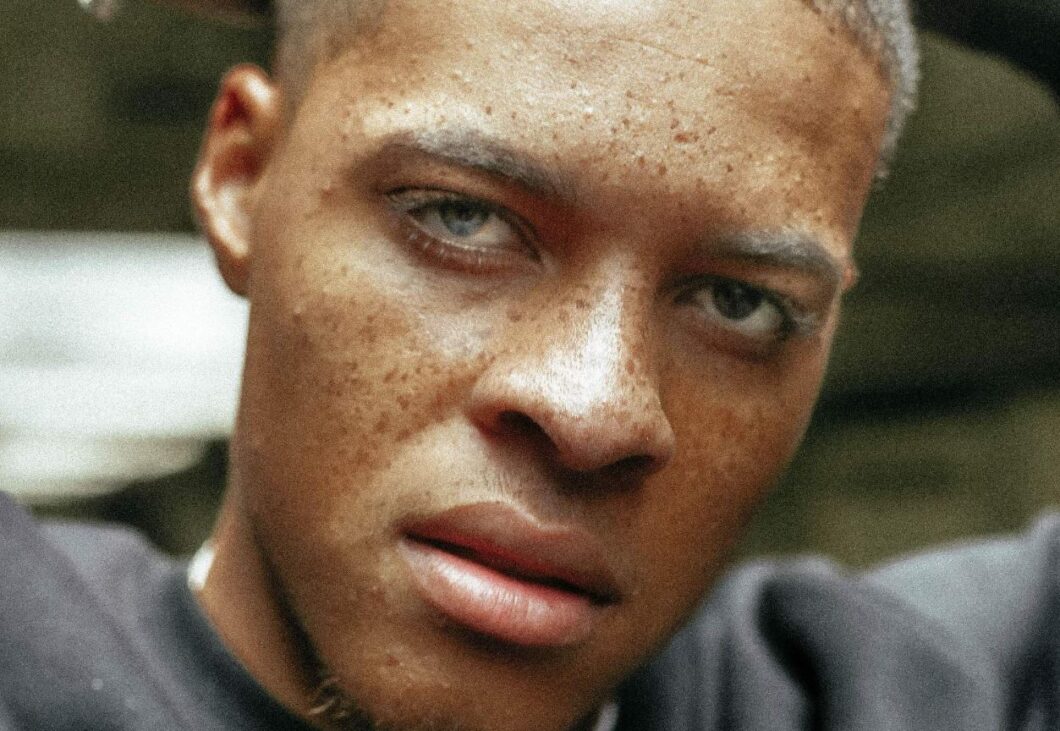If you think freckles are only synonymous with Pippy Longstocking, think again. A number of popular Black creatives such as Sade, SZA and Rashida Jones show off their freckles with pride. A simple Google search will yield even more examples of Black women and men sporting this attractive trait.
You’ll see freckles across people of all skin tones, and how they look varies greatly. For some, the freckles are packed closely together in clusters, and for others, they are scattered.
What causes freckles? According to News One, “Scientists believe that a gene called melanocortin-1-receptor (MC1R) causes them. It plays a huge role in pigmentation.”
From blue eyes, to freckles, to Irish origins, it’s impossible to confine Black people into a singular expression. Freckles are usually passed along through genetics, and, contrary to popular belief, aren’t indicative of sun damage nor exclusive to fair-skinned people.
Understanding Types of Freckles
There are two different classifications of freckles. The first is ephelides: These are usually flat and tan or red in color. The second group is called solar lentigines: These are more common in white and/or middle-aged persons. Alternatively, they are called age spots or sun spots.
When the sun hits the skin directly, freckles become darker and more prominent. When the sun’s rays aren’t as omnipresent, like during the winter months, freckles will typically fade, or disappear completely.
Regarding people of African descent with freckles, Dr. Justin Boey wrote, “The reddish appearance of freckles in people with pale skin is often more pronounced, whereas freckles in those with darker skin tones are darker.”
Freckles appear not just on the face, but the arms, neck, back, and chest.
Monitor Freckles the Way You Monitor Moles
As aesthetically pleasing as freckles are, it’s also a good idea to keep an eye on them.
They are almost always flat on the skin. But, as noted by Allen Taintor Dermatology, “if they have jagged borders, become raised off your skin, start to grow, get sore, or have multiple colors, see your doctor.”
Generally, the more melanin you have, the harder it is for you to get burned by the sun. But no matter your complexion, it’s a good idea to be mindful of how long you are in the sun. It may be tempting to sit on the beach in Jamaica for hours without a parasol or sunblock, but consequences could arise down the line. But, melanin does act as a natural guard against the sun’s harmful rays.
Sun Protection
While some of the harmful rays of the sun can not be avoided entirely, there are ways to protect both melanated and freckled skin from sun exposure and damage that is especially useful for avid travelers.
Of course, sunscreen is the first line of defense when it comes to thorough skin routines for people of African descent of all different tones. Black travelers should be particularly careful about their sun exposure if they consistently vacation in sunny locations or have a family history of skin cancer.
Staying on top of your SPF is crucial to maintaining skin health, regardless of the fact that melanin is a natural protector. There are plenty of sun protective products for Black skin, some even are tinted or sheer for convenience.
The Fitzpatrick Scale Explained
In order to help them better understand how various skin tones respond to sunlight, dermatologists consult a chart called “The Fitzpatrick Scale.”
The scale is as follows:
Type One: Ivory skin that doesn’t tan, frequently burns, and often freckles. You’ll find people with this skin type in Northern Europe and the United Kingdom, especially Northern Ireland.
Type Two: Skin ranging from fair to pale. It burns often and only tans a little bit.
Type Three: Skin ranging from fair to beige. The skin sometimes burns and may tan.
Type Four: Olive skin that doesn’t burn much, and is prone to tanning. You’ll find people like this in central and Southern Europe. Italians living in southern regions of the country like Sicily and Sardinia, often have an olive complexion compared to those further north. There are also people in Asian countries like India and The Philippines with this complexion.
Type Five: Brown skin prone to further darken in the sun. People with this skin type are in much of the Caribbean, South America, Africa, and parts of the United States.
Type Six: Dark brown skin that almost never burns and frequently tans. Many African and Aboriginal people fall into this category.
